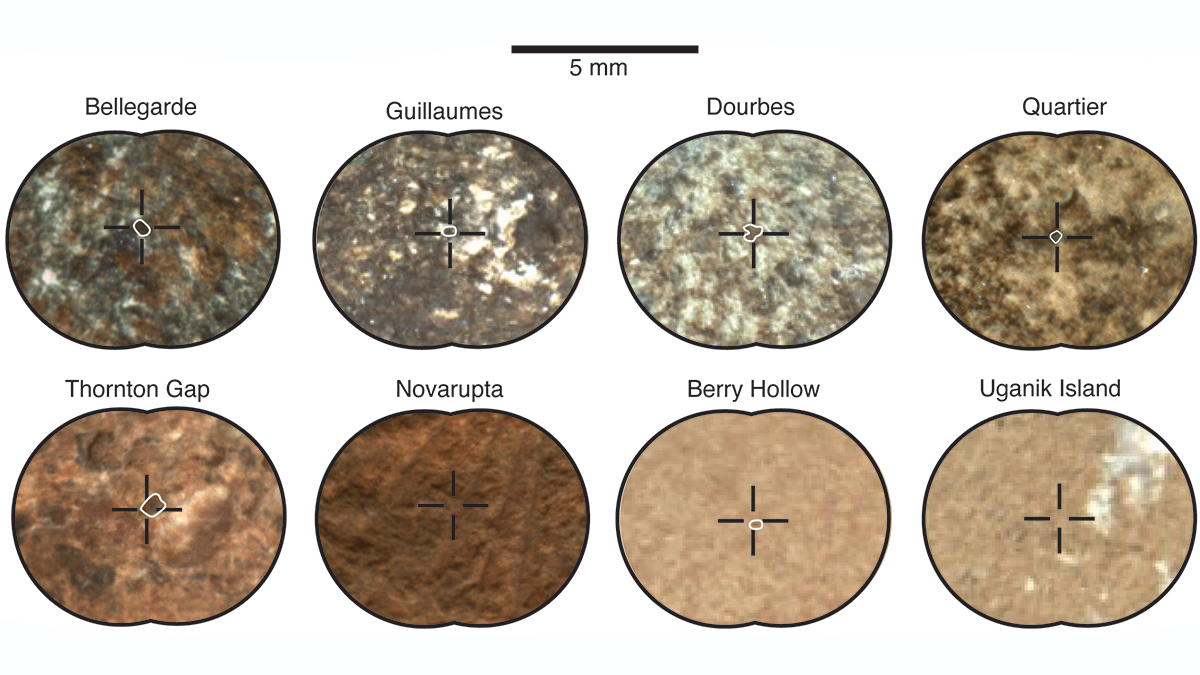Editors’ Highlights are summaries of recent papers by AGU’s journal editors.
Source: Journal of Geophysical Research: Planets
Mansbach et al. [2024] provide the first magnetically focused analysis of samples collected by the Perseverance Rover. They find that those samples contain iron oxides with titanium and chromium components and could thus be recorders of magnetization acquired in the presence of Mars’ ancient dynamo field. Studying magnetization in a lab allows us to date and get detailed understanding of the magnetization history of a given sample. As such, this kind of analysis is key to providing answers to fundamental questions concerning the Martian dynamo evolution, which is linked to the thermal history, climate, surface processes, and frankly, the entire planetary system.
Citation: Mansbach, E. N., Kizovski, T. V., Scheller, E. L., Bosak, T., Mandon, L., Horgan, B., et al. (2024). Likely ferromagnetic minerals identified by the Perseverance rover and implications for future paleomagnetic analyses of returned Martian samples. Journal of Geophysical Research: Planets, 129, e2024JE008505. https://doi.org/10.1029/2024JE008505
—Anna Mittelholz, Associate Editor, JGR: Planets

